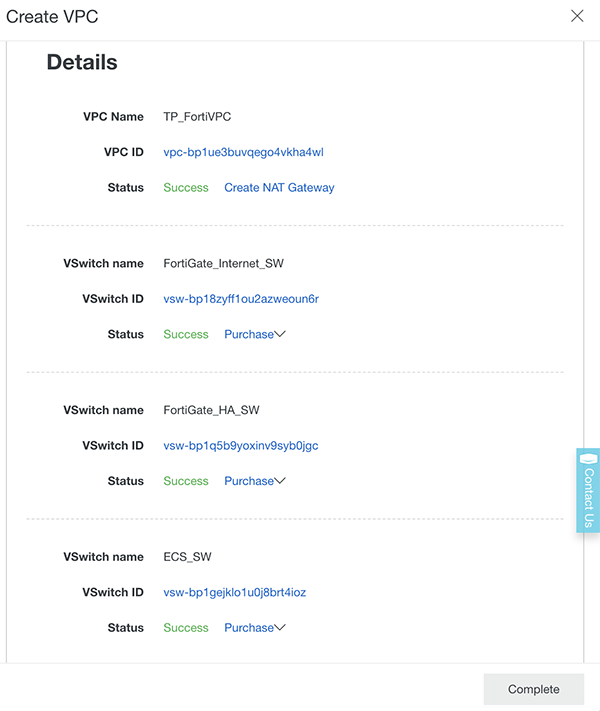Fortigate Vm Trial License Reset Firefox

FortiGate-VM is a full-featured FortiGate packaged as a virtual appliance. FortiGate-VM virtual appliance is ideal for monitoring and enforcing virtual traffic on leading virtualization, cloud, and SDN platforms including VMware vSphere, Hyper-V, Xen, KVM, and AWS. FortiGate-VM can be orchestrated in software-defined environments to provide agile and elastic network security services to virtual workloads.
Download martina cole pdf books. Free download or read online Dangerous Lady pdf (ePUB) book. The first edition of this novel was published in 1992, and was written by Martina Cole.
System Configuration or VM License is Lost after Upgrade. A system reset is required after the firmware downgrading process has completed. FortiGate VM: FG-VM. Upload the FortiGate VM license file. Every Fortinet VM includes a 15-day trial license. During this time the FortiGate VM operates in evaluation mode. Before using the FortiGate VM you must enter the license file that you downloaded from the website upon registration.
Through this demo, you can see how to deploy firewall, intrusion prevention, VPN, antivirus, and other consolidated security functions to virtual workloads, as well as evaluate the easy-to-use web interface and contextual displays.
From the official modern.ie instructions. It is also highly recommended that you implement a rollback strategy for any virtual machines that you download. This could be as simple as holding onto the original archive that you downloaded, or you could take advantage of your virtualization platform’s snapshotting capability so that you can start over with a fresh VM at any time and not have to worry about the guest operating system running out of trial time. Source (pdf): I would think that means that snapshots in VirtualBox would roll back the license too. Unless VB snapshots don't work like I think they do. Also, the setup I've been using recently (and now the ievms default as of last night) is IE6, 7 and 8 on XP, with IE 9 and 10 on Win7. That means you've only got to keep around 2 of the MS images - IE6 - WinXP and IE9 - Win7 - and the Win7 image is good for 540 days if you 'rearm' after each 90 day period.
Dbz budokai tenkaichi 3 save game pcsx2. Since the Win7 image is rearmable for so long, it makes reasonable sense to remove that image after installation as well, leaving you with only a single ~700mb image to keep track of for the XP vms. They also say that all of the VMs are good for 90 days, will activate successfully (except XP), can be rearmed 3 times each, and that XP has a hard expiration 90 days after upload to modern.IE.
Almost none of that is true in practice (it's a new project so I generally give them a pass on this fact). From my research, the virtual machines begin their expiration countdown the moment they're first booted. Now (as of last night) all ievms virtual machines are booted immediately upon install to bring them into a consistent state (add guest additions for those that lack it, activate those that need it, install alternative IE versions, enable guest control). The clean snapshot is taken after that initialization, meaning you can't go back to a state in which the countdown hasn't started without reinstalling the image. This is a tradeoff, but the goal of ievms is to also make the images more useful in addition to facilitating installation. The goal of iectrl is to make your post-ievms-install life easier by handling the nitty-gritty details of reinstallation, etc.